There quinoascientifically known as Chenopodium quinoa, originally from the Andes, is gaining popularity as a nutritious and versatile food. Although it is often confused for a cereal, it is actually a seed (pseudo-cereal) rich in beneficial substances for our body. Known as food of the gods from the ancient Incas, this plant offers a wide range of healthy properties and can be used in various recipes, both sweet and savory. Its slightly crunchy texture and delicate flavor make it suitable for being combined with a variety of ingredients and spices, allowing for the creation of tasty and nutritious dishes.
In this article we will learn about the cultivation techniques of the quinoa plant, we will further explore its history and nutritional properties and discover the health benefits associated with its regular consumption. We will also discover how to incorporate it into our daily diet to improve our well-being and enjoy the pleasures of healthy and nutritious food.
History and diffusion of quinoa
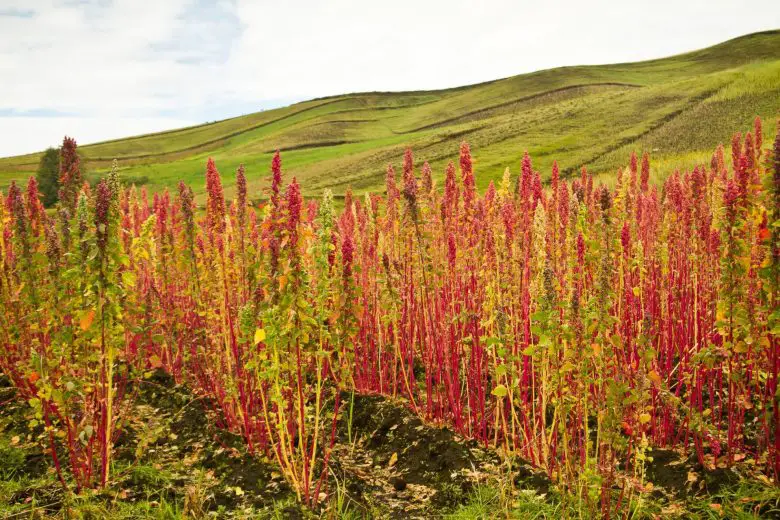
This plant has a long history that has its roots in the ancient Andean civilizations of South America. The plant has been cultivated for thousands of years in regions such as Bolivia, Peru, Ecuador and Colombia. It was a staple food for the Incas and was considered sacred, calling it chisiya mama or mother of all seeds.
The cultivation of quinoa has been handed down over the centuries and has played an important role in the diet of indigenous peoples, thanks to its adaptability. The plant was an essential source of livelihood for these communities, who appreciated its nutritional properties.
In recent decades, this seed has gained global popularity due to its reputation as a highly nutritious food. Its diffusion has been favored by the increase in awareness regarding the health benefits of a balanced diet and by the growing demand for gluten-free alternatives. It was then introduced to new markets and conquered the tables of many consumers looking for healthier and more sustainable options.
Today, in addition to the Andean countries, quinoa is grown in various parts of the world, including Africa and Asia. However, the main producers still remain Bolivia and Peru, which hold a long tradition of growing this precious seed.
What is Quinoa?
The quinoa plant is an annual herb belonging to the quinoa family Chenopodiaceae. It is closely related to other plants more common to us, such as spinach the chard and the flour.
Quinoa has a well-developed root system with primary roots that extend deep into the soil to absorb water and nutrients.
The stem is erect, cylindrical and can reach a height varying from 1 to 3 metres. It is solid, but not woody, and can have several branches.
The leaves are alternate, with a lanceolate or oval shape. They are deep green in color and can range in size from small to large, depending on the variety. The leaves are covered with a fine hair, which can give them a slightly silvery appearance.
The most characteristic part of the quinoa plant is the inflorescence. Inflorescence stems, known as panicles, develop at the top of the plant. The panicles are made up of tiny, greenish flowers, grouped in elongated panicles. The shape and size of the inflorescence can vary between the different varieties of quinoa, in fact there are over 200.
The flowers produce small edible seeds, usually rounded in shape and similar in size to poppy seeds. The seeds can be a variety of colors, including white, yellow, red, black, or various shades of those colors. Seed production is abundant.
How is quinoa grown?
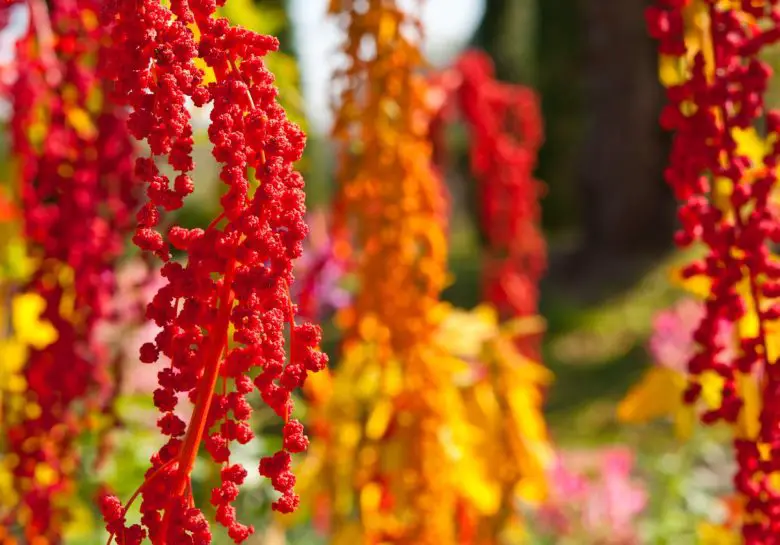
The quinoa plant is well adapted to the climate of the Andean regions and outside of these regions it presents difficulties. For example, it cannot tolerate high summer temperatures or excessive spring rainfall. Reasons why it is not widespread as a cash crop in Italy.
In general, quinoa can be grown in different types of soil, but it prefers well-drained, light soils rich in organic matter. A pH of soil between 6 and 8 is considered ideal for cultivation.
Sowing is usually done in spring, directly in the field or in seedbed to then be transplanted later.
Quinoa possibly requires regular watering to ensure healthy growth. It’s important to keep the soil moist, but not overly wet. Once grown, the plant is drought tolerant.
As they grow, it’s important to control weeds that can compete with plants for water, nutrients, and space. For the control, the technique of the is used at the start false sowing and later mowed periods.
Quinoa takes 90 to 120 days to ripen, depending on the variety and climatic conditions. Ripening is usually indicated by the dryness of the cobs and the color of the seeds. Harvests should be done when the seeds are fully mature and can be dried for long-term storage.
These are just some of the general growing practices for quinoa. However, it is important to note that techniques can vary according to region, climate and local agricultural practices.
How do you process quinoa after harvesting?
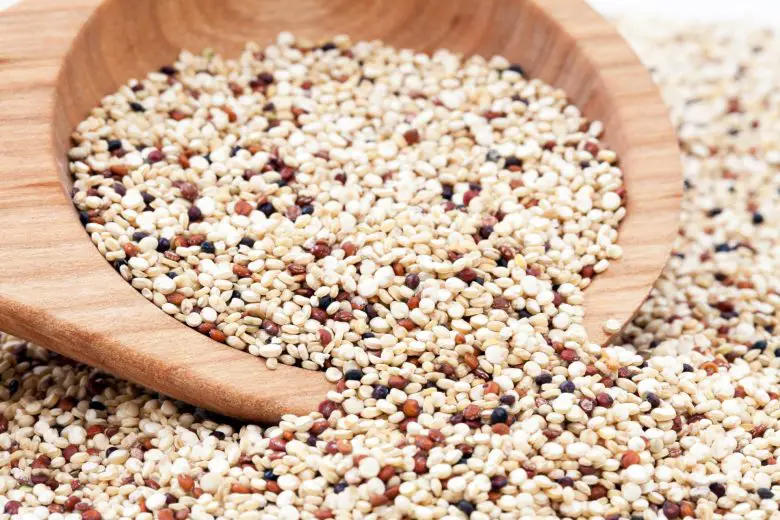
After harvesting, quinoa requires a series of processes to make it ready for consumption.
Threshing is the first stage and is done to separate the seeds from the cobs. Traditionally, this was done by hand, rubbing the cobs between your hands or using handcrafted tools to drop the seeds. Today, threshing machines are used to handle larger volumes.
After threshing we proceed to peeling. In fact, quinoa seeds are coated in a bitter substance called saponin, which must be removed to make the seeds edible. The seeds are usually mixed with water and shaken or washed to separate the saponin.
After the saponin has been eliminated, the seeds must be washed thoroughly to remove any residues and other impurities.
Quinoa contains a level of moisture that needs to be reduced for long-term storage. After washing, the seeds must be dried to remove residual moisture. They are usually spread out on flat surfaces, such as mats or trellises, and left in the open air or dried with the aid of machinery.
After drying, the seeds must be sieved to remove any remaining residue or impurities. Subsequently, the seeds must be selected manually or mechanically to eliminate damaged, impure or irregularly sized seeds.
Once these processing stages have been completed, the quinoa is ready to be packaged and distributed for consumption.
What are the properties and nutritional elements of quinoa?
Quinoa is widely appreciated for its food properties and excellent nutritional values. It is a complete protein source, which means that it contains all the essential amino acids needed by our body. Its proteins are of high quality and easily digestible, making it an excellent choice for vegetarians, vegans and those looking to increase their protein intake.
It is a good source of slow release complex carbohydrates. These carbohydrates provide sustained energy and help keep blood sugar levels stable. Quinoa has a low glycemic index, which also makes it suitable for people with diabetes.
It is rich in dietary fiber, which plays an important role in regulating intestinal transit and overall digestive health. Fiber helps maintain a sense of satiety, promoting weight loss and appetite management.
Quinoa contains healthy fats, including omega-3 and omega-6 fatty acids. These beneficial fats contribute to good cardiovascular health, brain function and controlled inflammation.
The seeds are a source of several vitamins, including vitamin E, thiamin (vitamin B1), riboflavin (vitamin B2), niacin (vitamin B3), and vitamin B6. These vitamins play an important role in energy metabolism, nervous system support, and skin health.
From a food point of view, quinoa is also rich in essential minerals such as iron, magnesium, zinc, potassium and phosphorus. These minerals are essential for several bodily functions, including energy production, the formation of healthy bones and teeth, and the support of the immune system.
Plus, it’s gluten-free, making it a suitable option for people with gluten intolerance or celiac disease.
The food properties and nutritional elements make it a highly nutritious, versatile and ideal food for a balanced and healthy diet.
How is it used in the kitchen?
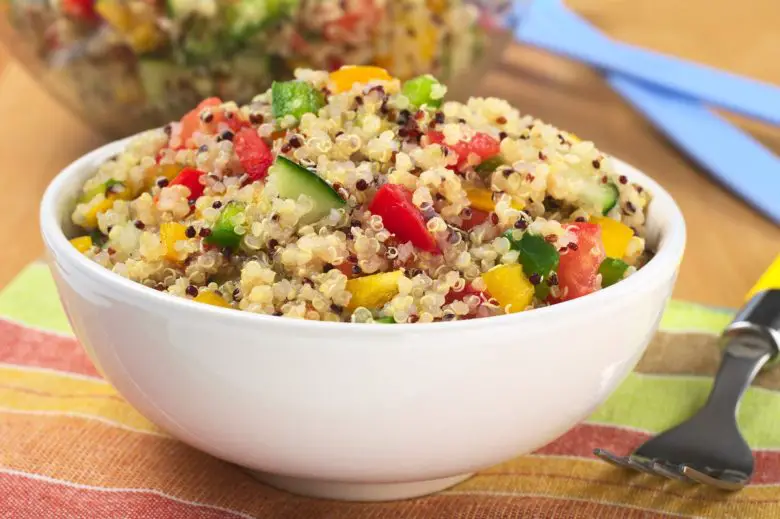
Quinoa is a very versatile ingredient in the kitchen and can be used in various preparations. It can be cooked as a base for main dishes. You can prepare it as an alternative to rice and use it as an accompaniment to meat, fish or vegetables. Add spices or herbs for extra flavor.
Quinoa is perfect for cold or warm salads. Cook it and let it cool, then mix it with fresh vegetables, such as tomatoes, cucumbers, peppers, avocados and add any herbs or seasonings to your liking. You can also add proteins such as chicken, cheese or legumes to enrich the salad.
It can be added to soups or stews to increase its nutritional value. Add it towards the end of the preparation to prevent it from becoming too soft. In this way it will give substance and texture to the dish.
It is perfect as an ingredient for making pancakes or meatballs. Combine the cooked quinoa with eggs, herbs, grated cheese and other ingredients of your choice. Form balls or pancakes and cook them in a pan until they are golden brown and crispy.
Finally, it can also be used to prepare desserts, such as puddings, puddings or spoon desserts. Cook it with milk, vanilla, cinnamon and sugar to obtain a creamy and tasty dessert.
Quinoa flour can be used as a gluten-free alternative to make bread, buns or desserts. This flour can be combined with other gluten-free flours to improve the texture and flavor of baked goods.
Remember that you should always rinse it thoroughly before cooking to remove any impurities and improve its flavour. The typical proportion for cooking is 1 part quinoa to 2 parts water.
Experiment and enjoy using this plant in different recipes, adding your favorite ingredients to create delicious and healthy dishes.
Here you will find a wide selection from organic farming.
When is it not recommended to eat it?
Quinoa is generally considered a healthy and safe food for most people. However, there are some situations where it may not be recommended to consume it or precautions may be needed.
If you are allergic or intolerant, it is important to avoid its consumption. Some people may experience allergic reactions or intolerances, such as swelling, rash, itching or gastrointestinal discomfort.
Quinoa contains a substance called goitrina, which can interfere with thyroid function. If you have thyroid problems, especially hypothyroidism, it may be advisable to limit its consumption or consult your doctor to determine the appropriate amount to consume.
Additionally, it is rich in oxalates, which are compounds that can contribute to the formation of kidney stones in some predisposed people. If you have a history of kidney stones or are at risk, you may want to avoid them.
It also contains some fermentable carbohydrates called FODMAPs (oligosaccharides, disaccharides, monosaccharides and polyols).
Some people with irritable bowel syndrome (IBS) or FODMAP sensitivities may experience gastrointestinal discomfort such as bloating, flatulence or diarrhea after consuming it. In these cases, it may be necessary to avoid or limit its consumption.
It is important to remember that these guidelines are general. If you have any doubts or concerns about consumption in relation to your health, it is advisable to consult a dietician or nutritionist for a personalized assessment and specific advice.

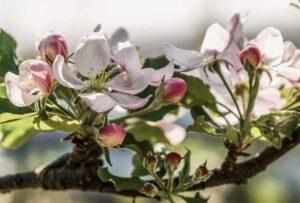
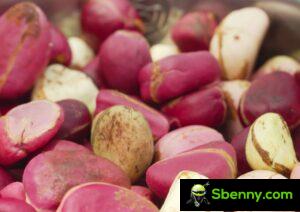
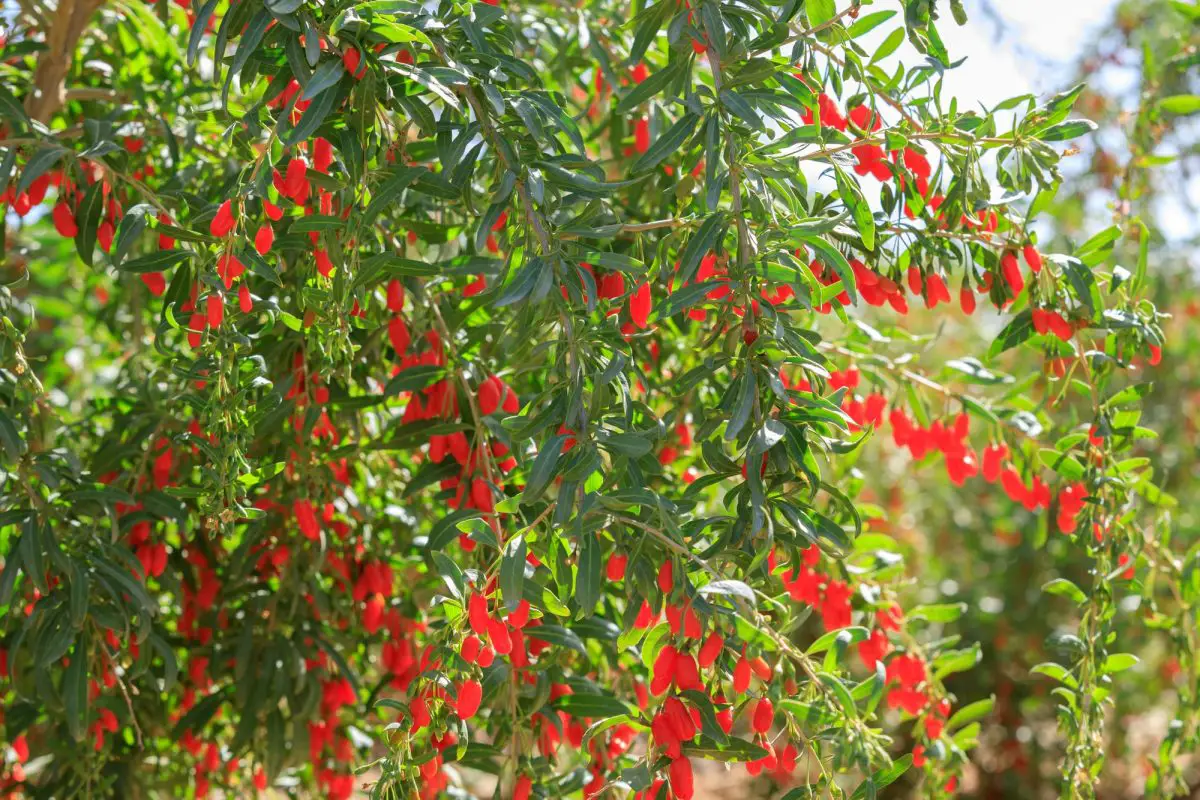
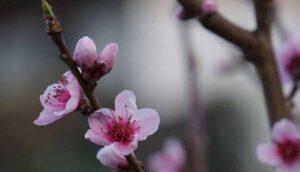
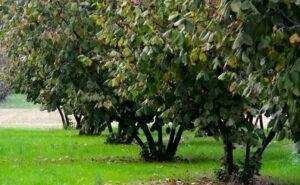
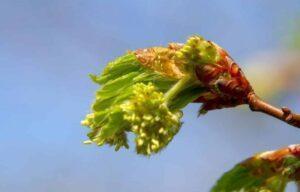
Start a new Thread